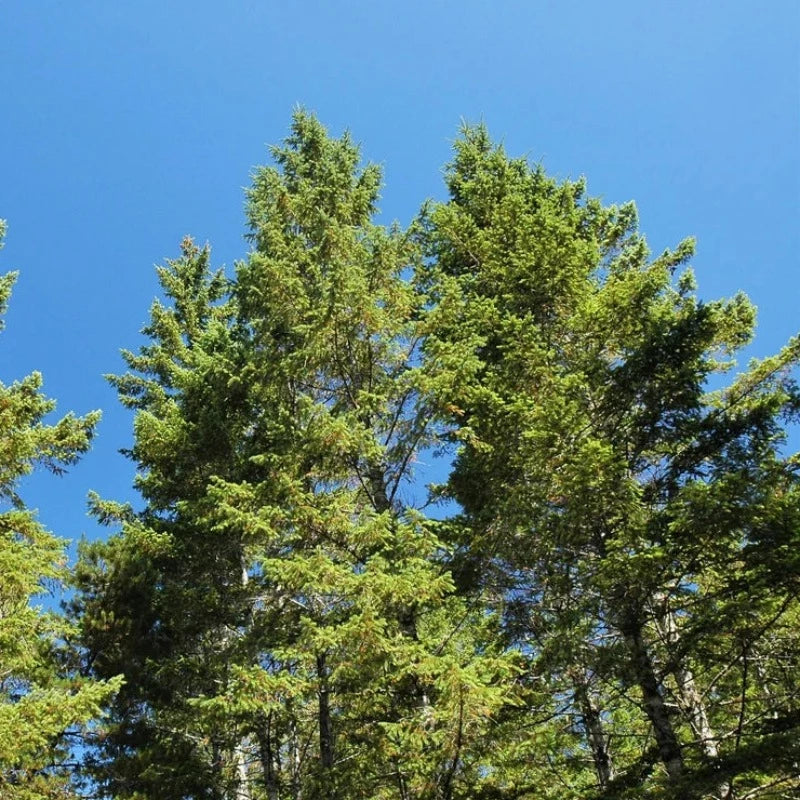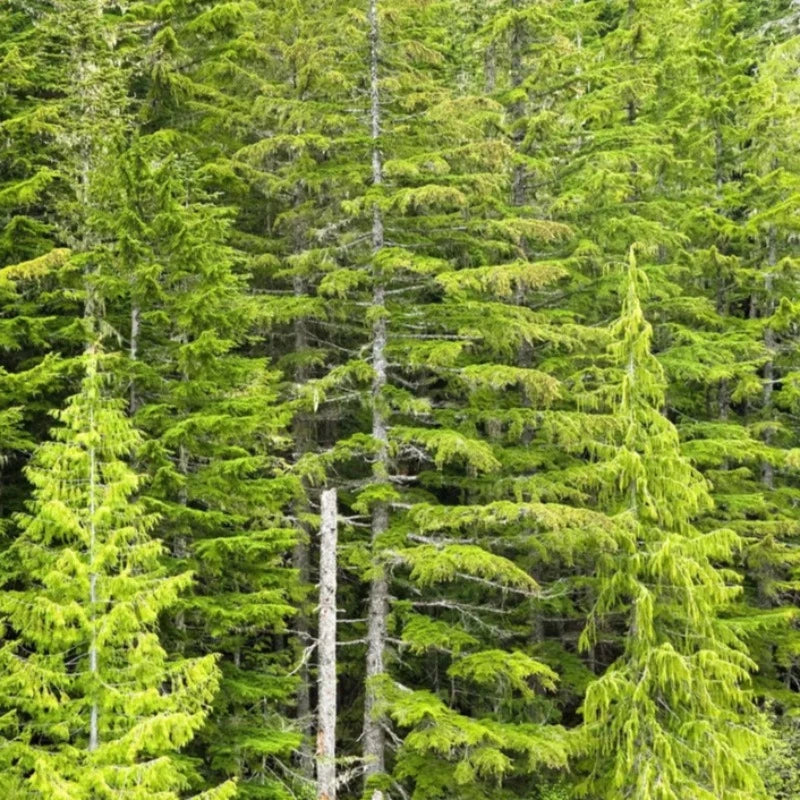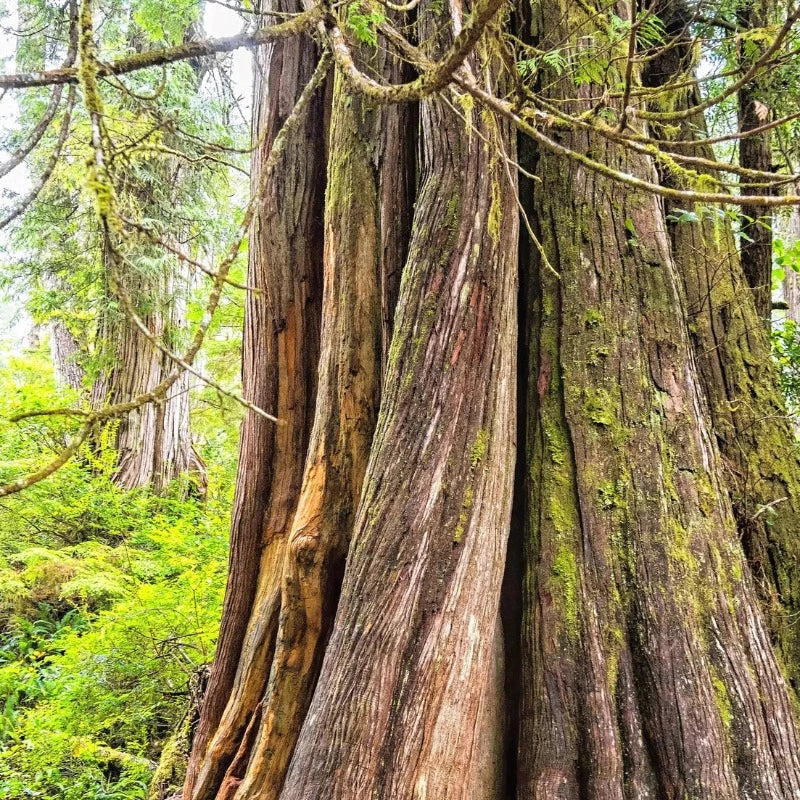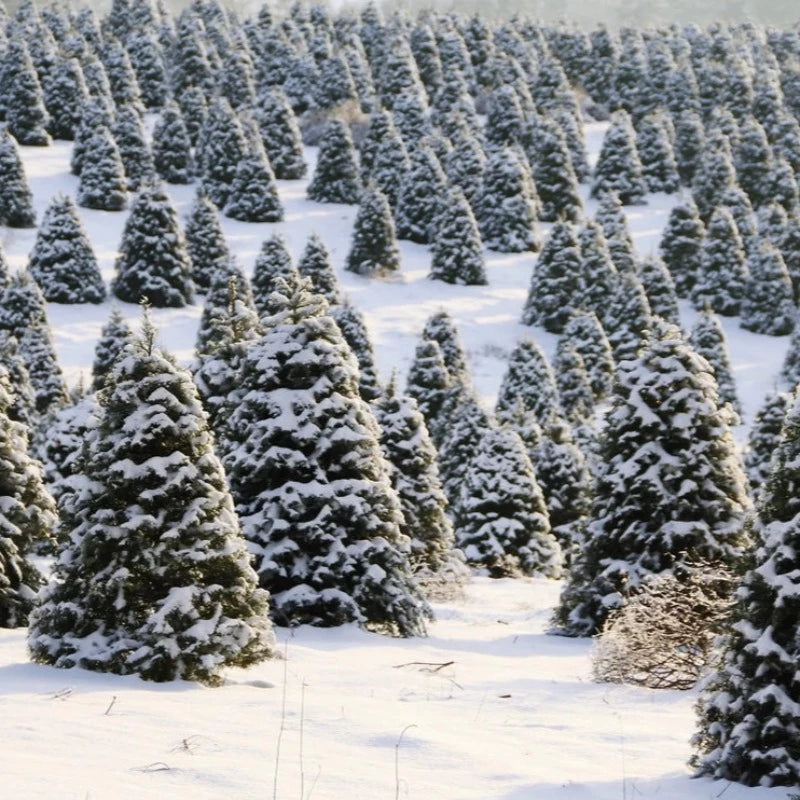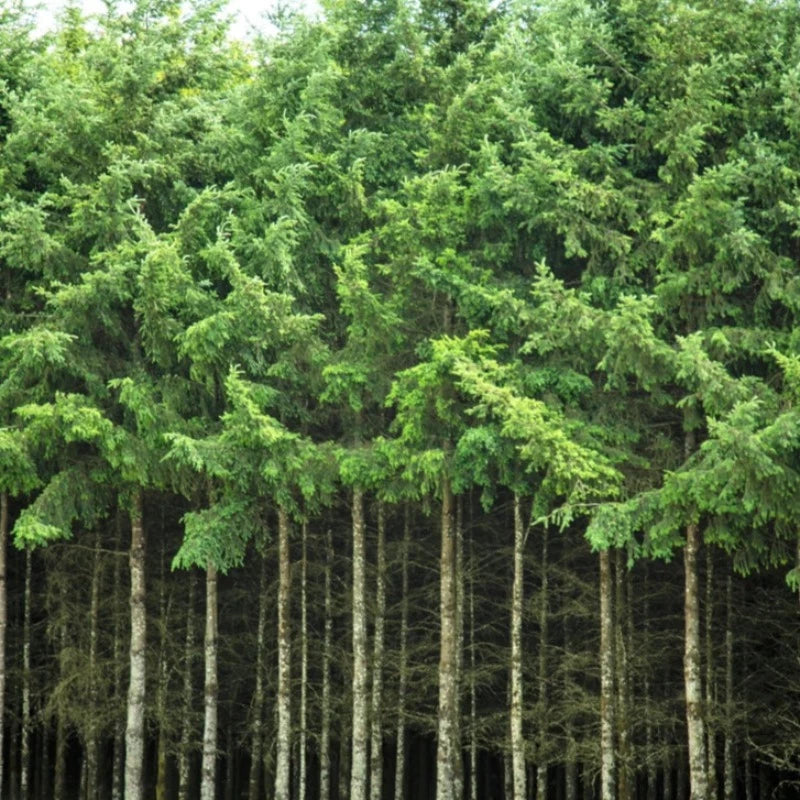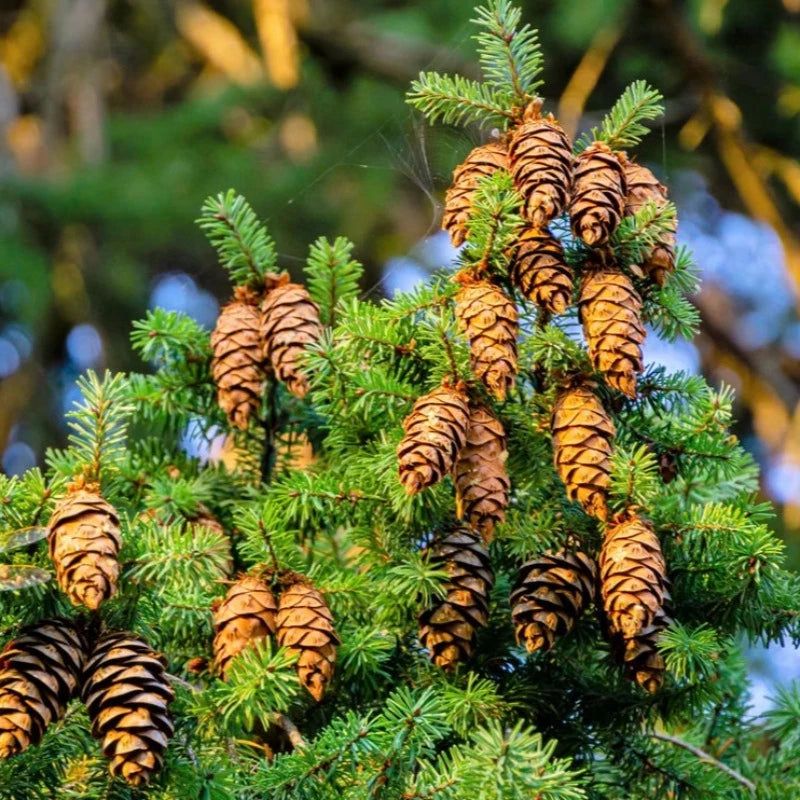- Historical context: The Douglas Fir (Pseudotsuga menziesii) is named after David Douglas, a Scottish botanist who first introduced the tree to Europe in the 1820s.
- Geographical origination: Native to western North America, particularly in the coastal regions from British Columbia to central California, and in the Rocky Mountains from British Columbia to Mexico.
- Relevant cultural significance: The Douglas Fir has been a significant tree for indigenous peoples of the Pacific Northwest, who used its wood for building and its resin for medicinal purposes.
- Time period of discovery: The tree was first documented by European botanists in the early 19th century.
- Original habitat: Douglas Fir trees thrive in coastal and mountainous regions, often found in mixed coniferous forests.
- Notable historical uses: Historically, the wood has been used for construction, shipbuilding, and as a source of pitch and resin.
- Ideal temperature range: Douglas Fir trees prefer a temperature range of 40-70°F (4-21°C).
- Soil type: They thrive in well-drained, loamy soils but can adapt to a variety of soil types.
- Sunlight requirements: Full sun to partial shade is ideal for optimal growth.
- Watering needs: Regular watering is necessary, especially during the first few years of growth. Mature trees are more drought-tolerant.
- Planting season: The best time to plant Douglas Fir seeds is in the fall or early spring.
- Germination time: Seeds typically germinate within 3-6 weeks under optimal conditions.
- Growth cycle duration: Douglas Fir trees can live for hundreds of years, with some specimens reaching over 1,000 years old.
- Common pests and diseases: Common issues include root rot, needle cast, and infestations by bark beetles and aphids.
- Companion planting advice: Douglas Fir trees can be planted alongside other conifers like pines and spruces. Avoid planting near broadleaf trees that may compete for resources.
- Common challenges and solutions: Challenges include susceptibility to windthrow and root diseases. Solutions involve proper site selection, regular monitoring, and maintaining tree health through proper watering and fertilization.
- Nutritional values: Not applicable as Douglas Fir seeds are not typically consumed.
- Health benefits: The resin has been used traditionally for its antiseptic and anti-inflammatory properties.
- Culinary uses: Douglas Fir needles can be used to make a fragrant tea, rich in vitamin C.
- Medicinal uses: The resin and needles have been used in traditional medicine to treat colds, coughs, and skin conditions.
- Other unique advantages: Douglas Fir wood is highly valued for its strength and durability, making it a popular choice for construction and furniture. The tree also plays a crucial role in forest ecosystems, providing habitat and food for wildlife.
